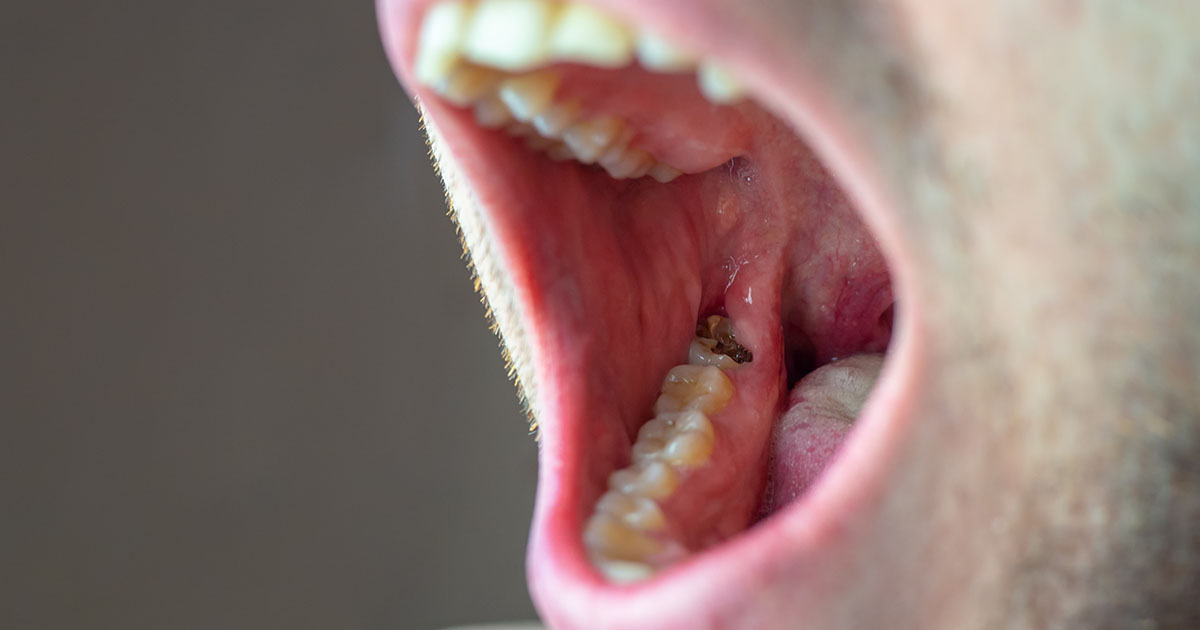Multidisciplinary Approach to Oral Cavity Cancer: A Hard Enemy
A special issue of Targets (ISSN 2813-3137).
Deadline for manuscript submissions: 20 February 2026 | Viewed by 3691

Special Issue Editors
Interests: head and neck oncology; immune-therapy; targeted therapy; pain therapy; electrochemotherapy; cancer diagnostics; treatment tumors; cancer biology; cancer biomarkers; tumor biology cancer; cell biology
Special Issues, Collections and Topics in MDPI journals
Interests: oral cavity disease; head and neck oncology; pathology; biology; biomarkers; precancerous lesions
Special Issues, Collections and Topics in MDPI journals
Special Issue Information
Dear Colleagues,
Oral cancer represents the most frequent malignancy of the head and neck area. Head and neck tumors, in turn, represent 8% of all malignant tumors and the fifth most common cause of death from malignant tumors worldwide. Among head and neck cancers, oral cancer has the worst prognosis, despite therapeutic improvements over the last 10 years. Our only real defense against oral cancer, at present, is secondary prevention and, therefore, early diagnosis.
The upcoming Special Issue will contain original articles, reviews, and an editorial with the aim of underlining the importance of the multidisciplinary approach: namely, the initial classification of the patient being conducted by multiple specialists in this subject area (oncologists, surgeons, radiation oncologists, pathologists, etc.).
Dr. Francesco Perri
Dr. Agostino Guida
Guest Editors
Manuscript Submission Information
Manuscripts should be submitted online at www.mdpi.com by registering and logging in to this website. Once you are registered, click here to go to the submission form. Manuscripts can be submitted until the deadline. All submissions that pass pre-check are peer-reviewed. Accepted papers will be published continuously in the journal (as soon as accepted) and will be listed together on the special issue website. Research articles, review articles as well as short communications are invited. For planned papers, a title and short abstract (about 250 words) can be sent to the Editorial Office for assessment.
Submitted manuscripts should not have been published previously, nor be under consideration for publication elsewhere (except conference proceedings papers). All manuscripts are thoroughly refereed through a single-blind peer-review process. A guide for authors and other relevant information for submission of manuscripts is available on the Instructions for Authors page. Targets is an international peer-reviewed open access quarterly journal published by MDPI.
Please visit the Instructions for Authors page before submitting a manuscript. The Article Processing Charge (APC) for publication in this open access journal is 1000 CHF (Swiss Francs). Submitted papers should be well formatted and use good English. Authors may use MDPI's English editing service prior to publication or during author revisions.
Keywords
- oral cavity cancer
- head and neck tumors
- multidisciplinary approaches
Benefits of Publishing in a Special Issue
- Ease of navigation: Grouping papers by topic helps scholars navigate broad scope journals more efficiently.
- Greater discoverability: Special Issues support the reach and impact of scientific research. Articles in Special Issues are more discoverable and cited more frequently.
- Expansion of research network: Special Issues facilitate connections among authors, fostering scientific collaborations.
- External promotion: Articles in Special Issues are often promoted through the journal's social media, increasing their visibility.
- Reprint: MDPI Books provides the opportunity to republish successful Special Issues in book format, both online and in print.
Further information on MDPI's Special Issue policies can be found here.




